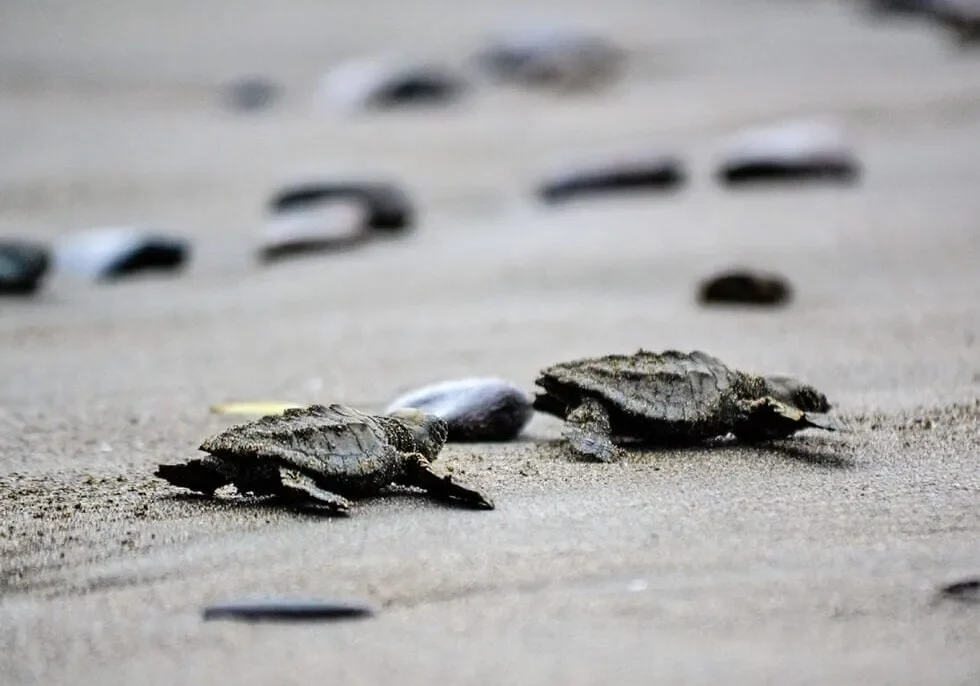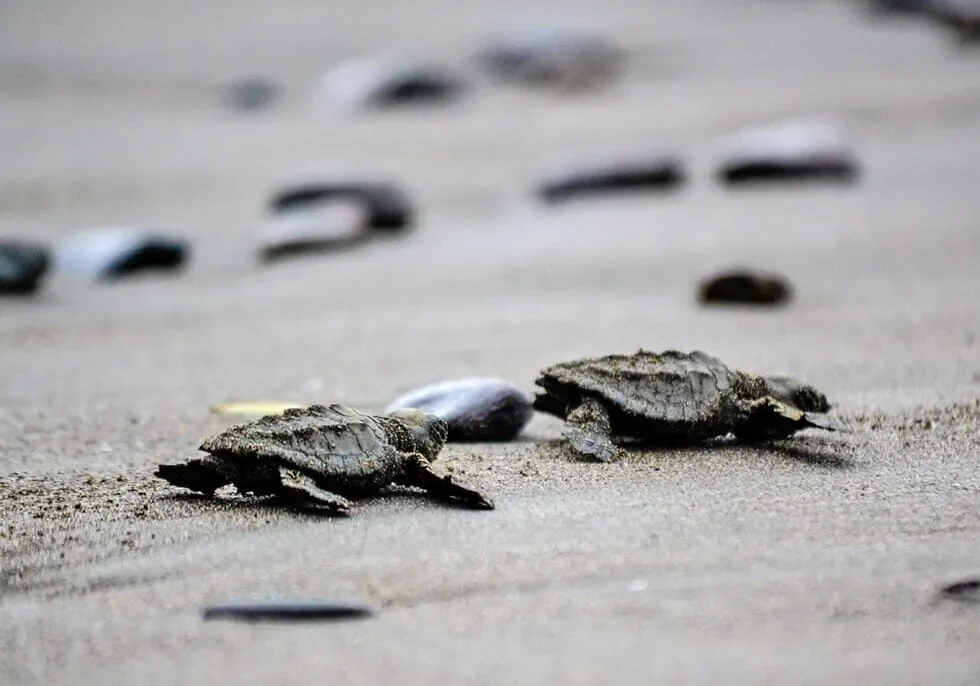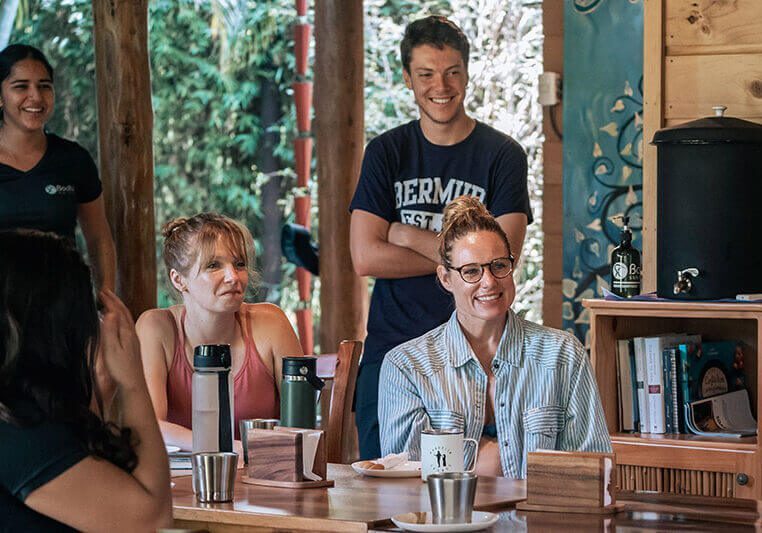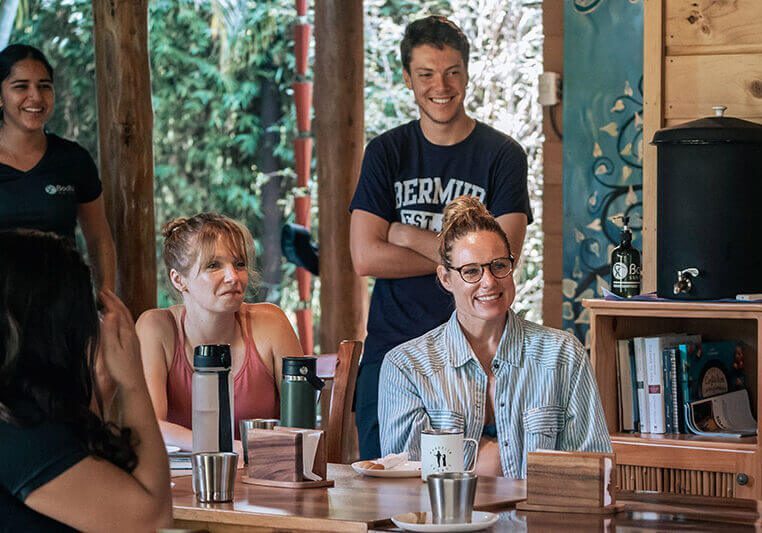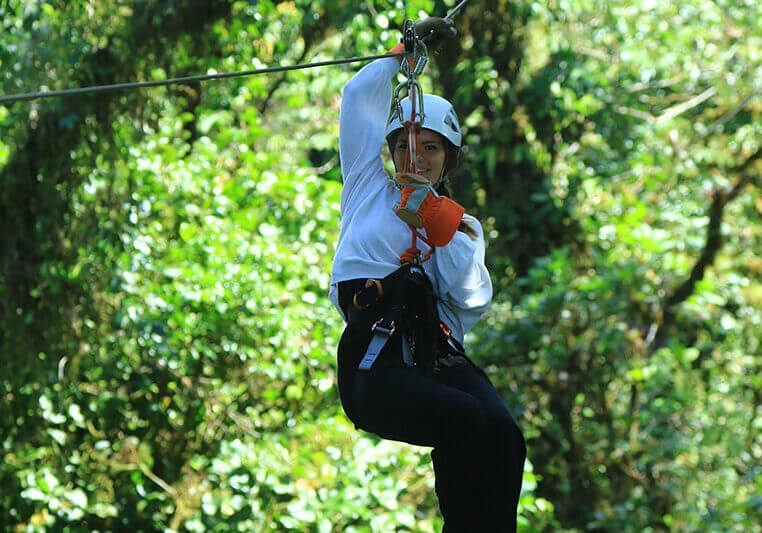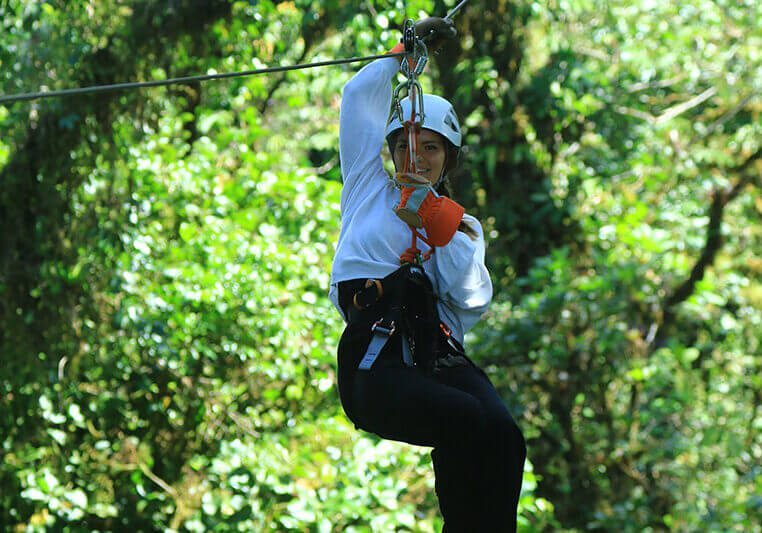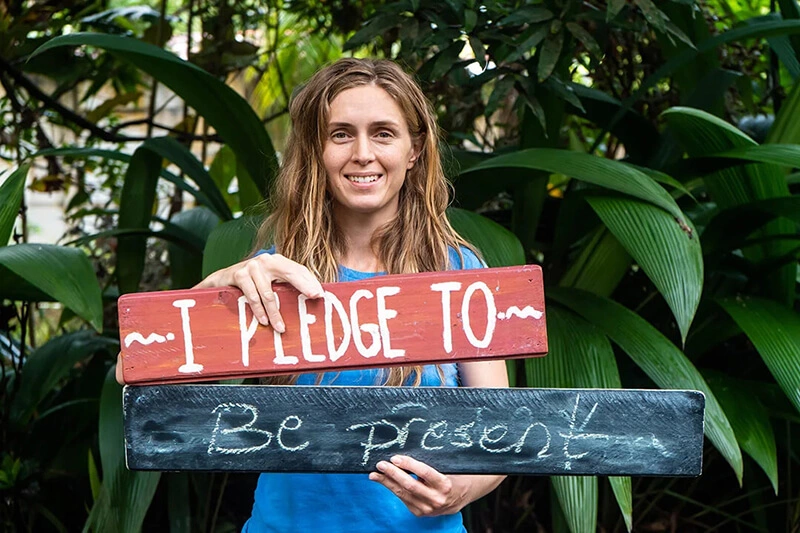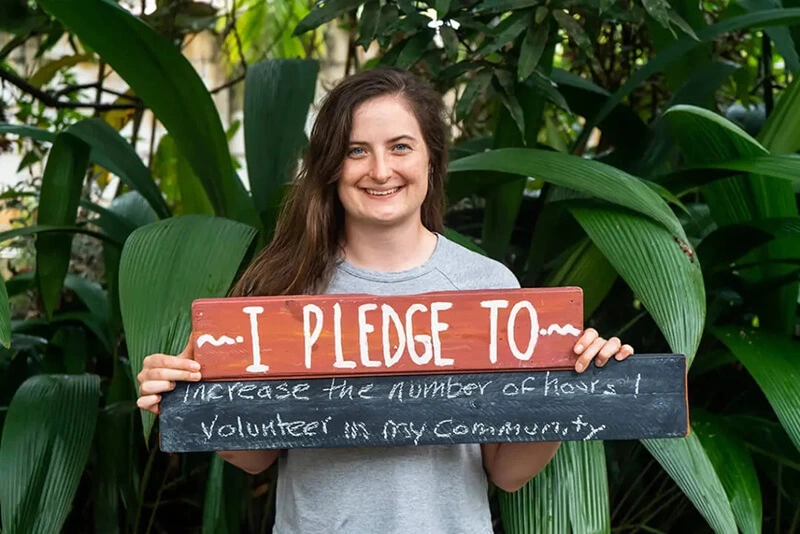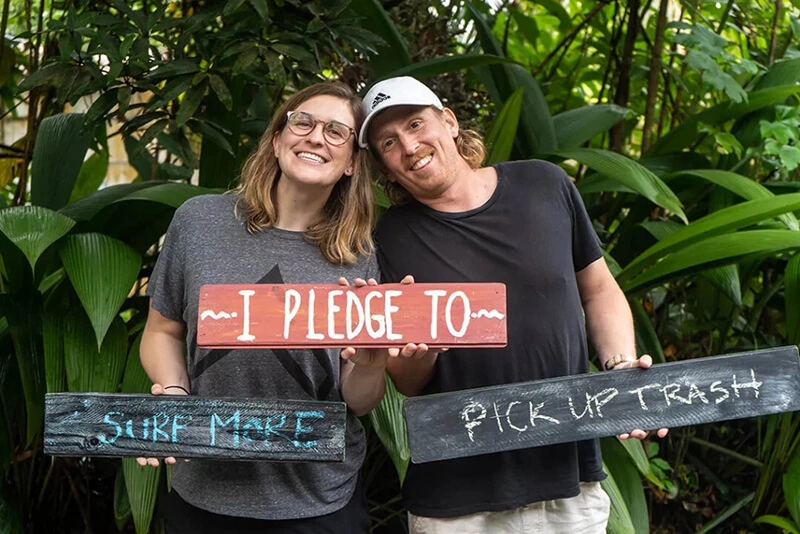Ten interesting facts about Costa Rica
Costa Rica is a beautiful Central American country located between Nicaragua and Panama, and the Pacific Ocean and Caribbean Sea. It is a must-visit destination for those who love tropical beaches and viridescent scenery. Check out 10 interesting facts about the country.
Ranked #1 in the Happy Planet Index
Costa Rica has ranked #1 in the Happy Planet Index multiple times, which reflects a high life expectancy, high levels of experienced well-being, and a moderate ecological footprint
Areas of conservation
The country also has a staggering 25% of its territory under some form of protection this includes 11 areas of conservation, 27 national parks, and a variety of other reserves, monuments, or protected areas
Intense biodiversity
It has the greatest species density in the world, you can expect to see incredible diversity in the country's flora and fauna
Tourism industry
Tourism is one of Costa Rica's main sources of revenue
Rainy and dry seasons
Costa Rica's rainy season, also known as "winter", spans from June to November; the "summer" is from December to May
Costa Rica's population
Nearly half of Costa Rica's population (5.15 million) lives in the capital, San Jose
Coastline
Costa Rica has 800 miles of gorgeous coastline touching both the Caribbean Sea and Pacific Ocean
Multilingual
Many Costa Ricans (or "Ticos", as they call themselves) are fluent in two or more languages
Active volcanoes
There are seven active volcanoes in Costa Rica
Outdoor activities
Costa Rica is great for outdoor activities such as hiking, biking, zip-lining, surfing, snorkeling/scuba diving, sailing, and taking boat tours
Why Choose Us
When it comes to surf and yoga tourism, Bodhi Surf + Yoga is in a class of its own.
Get to know us to find out what sets us apart.













 Prior to the the arrival of Christopher Columbus in 1502, the country that is now known as Costa Rica was inhabited with different indigenous groups, though there is debate about the population number as few survived contact with European settlers. For the next 300 years, Spain administered the region as part of the Captaincy General of Guatemala, under a military government. The Spanish optimistically called the country "Rich Coast." Finding little gold or other valuable minerals in Costa Rica; however, they turned to agriculture. Many factors, including Costa Rica's isolation from the Spanish colonial centers in Mexico and the Andes, contributed to the development of a relatively autonomous, individualistic, and egalitarian agrarian society.
Prior to the the arrival of Christopher Columbus in 1502, the country that is now known as Costa Rica was inhabited with different indigenous groups, though there is debate about the population number as few survived contact with European settlers. For the next 300 years, Spain administered the region as part of the Captaincy General of Guatemala, under a military government. The Spanish optimistically called the country "Rich Coast." Finding little gold or other valuable minerals in Costa Rica; however, they turned to agriculture. Many factors, including Costa Rica's isolation from the Spanish colonial centers in Mexico and the Andes, contributed to the development of a relatively autonomous, individualistic, and egalitarian agrarian society.